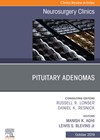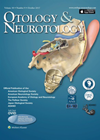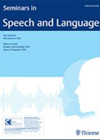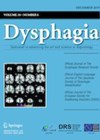
Journal Reviews archive for February 2020
3D endoscopy in pituitary adenoma surgery
Endoscopic approach for pituitary adenoma surgery is well recognised. There has been recent refinement of 3D endoscopy technology which improves on the depth of vision offered and more compact delivery. This may improve visualisation of the critical structures involved in...
Does balloon tuboplasty work in the long term, and how can we measure outcomes?
There is much interest and debate at ENT conferences and within current literature about the role of balloon dilatation techniques for Eustachian tube dysfunction (ETD), a condition which we still only have limited understanding of, and which can be challenging...
How can we improve outcomes for patients with acute vestibular neuritis?
Vestibular neuritis is a common disorder that can leave up to 50% of patients with persistent vertigo symptoms for months to years following the acute insult. Often their first contact with ENT or balance specialists is many months after the...
More than words: looking at all the evidence
Evidence based practice (EBP) is a three-pillared approach whereby information on the research evidence, factors relating to the patient and clinical experience are all considered to inform a care decision. Unfortunately, there is frequently very little research evidence to inform...
Bespoke is best for children with communication difficulties
Children with communication difficulties can benefit from augmentative alternative communication (AAC) aids to support them in daily interaction, as well as in developing milestones. One of the most difficult aspects of choosing a device is not only meeting the child’s...
Modified barium swallow studies: what is the radiation risk?
A modified barium swallow study (MBSS), also called a videofluoroscopy swallowing study uses ionising radiation to assist the clinician in visualising swallowing biomechanics from the oral cavity to the oesophagus. This procedure is currently one of the best methods used...









